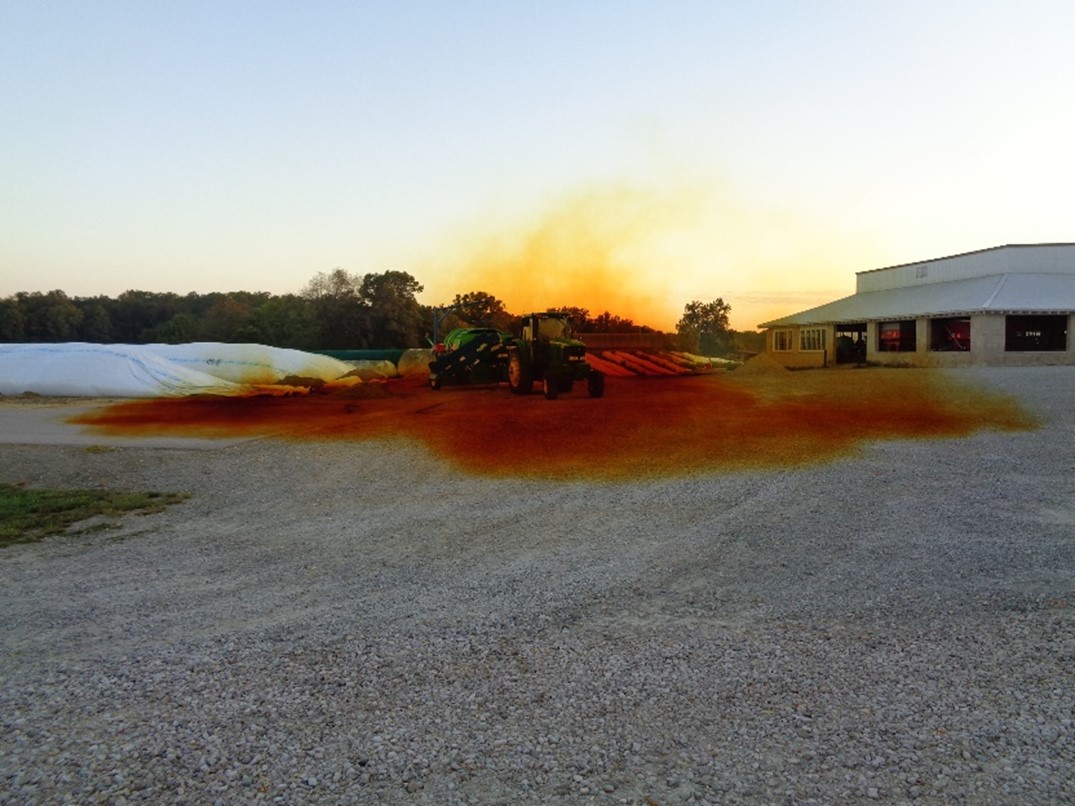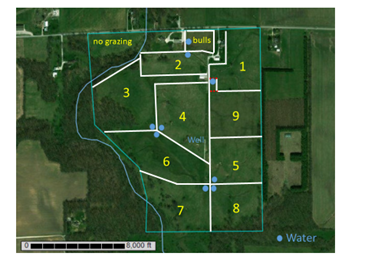
In a month, some livestock producers will be chopping whole-plant corn that will be placed in an anaerobic environment so fermentation can occur.


In a month, some livestock producers will be chopping whole-plant corn that will be placed in an anaerobic environment so fermentation can occur.

I was asked to come to a field in early April many years ago by a young producer. The producer and the seedsman that sold the alfalfa to the producer met me at the field.

To reach full potential of the forage part of the business, Mother Nature must comply with provision of excellent growing conditions, but the manager (you) must be part of a successful team with Mother Nature and professionals, too.

Many professions requiring investing in tools specific to their trade to be successful.

What does the word “stockpile” mean to you? Our understanding of the meaning is to “store away for future use.”

I hope you take more time evaluating what forage species and variety of that species should be purchased than the time taken to buy a vegetable at the grocery store.

A couple of weeks ago I had conversation with several State of Indiana Farm Service Agency (FSA) employees.

The weather forecast is desirable for rain the next several days. The following are considerations to heed to improve forage growth and inventory of stored feed for ruminant livestock and equine if the forecast holds true. Inventory current forage resources and routinely determine how much more forage, other than what you have at time of assessment, might be needed to get to spring grazing in 2024. If forage inventory continues to be low despite a return for more usual rainfall, strategize a plan to avoid the stress of an immediate crisis. Keep in mind that hay purchase can be expensive if delayed until late winter. The following link has many points of consideration. (Beef Management Practices: When Forages are in Short Supply Because of Drought). Scout pasture for weed species present and develop a control plan if they are competing with desired forages and/or are poisonous concerns. An excellent resource[Read More…]

This week, the calendar transitioned from spring to summer. Lack of rainfall in most of Indiana has unfortunately continued to be a concern to vegetation wellbeing, pastures included. You likely were told to clean up all the food on your plate when you were a child sitting at the kitchen or dining room table. That was a good recommendation to reduce food waste and to make sure the dollars earned by your parent or guardian were not “thrown in the trash”. Consider this – If the soil in the pasture is the plate and the forages growing in the soil is the food on the plate to be eaten, having livestock, analogous to the child at the table, grazing the soil bare of vegetation is a concern. The figure below found in “Forages Volume 1 – an introduction to grassland agriculture” is an excellent illustration of what happens to[Read More…]

National Forage Week (June 18 – 24) is concluding this week. The leadership team of the Indiana Forage Council, a not-for- profit organization (www.indianaforage.org), decided it was important to share on the council’s Facebook page the contributions forage crops provide the world. If you did not see the daily posts, they follow. Celebrate every day with an appreciation for all that forages do for the world. Have some ice cream and a hamburger. It is a great indirect way to eat forages!
© 2026 Purdue University | An equal access/equal opportunity university | Copyright Complaints | Maintained by Pest&Crop newsletter
If you have trouble accessing this page because of a disability, please contact Pest&Crop newsletter at luck@purdue.edu.